Back and Neck Pain
At Orthoplus Clinic we get approximately 1500 patients per year suffering with various back problems. We offer a variety of treatment options.
Prolapsed Intervertebral Disc Disease is one of the most common cause of backache affecting young and middle aged patients. The Disc, which is a cushion between two spine vertebrae, slips from its place and causes pinching of nearby nerve roots causing severe backache radiating to thigh or leg.
MRI is required at times to make accurate diagnosis.
Treatment options include medicines, physiotherapy, Injection in back called Selective Nerve Root Block and as a last resort, Surgery – Microdiscectomy (removal of disc with 1 inch incision using microscope)
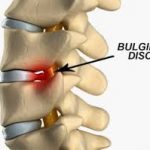
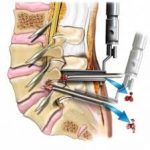
Degenerative Spondylolisthesis
Changes from aging and general wear and tear make it hard for your joints and ligaments to keep the spine in the proper position. The vertebrae move more than they should, and one vertebra can slide forward on top of another. If too much slippage occurs, the bones may begin to press on the spinal nerves
Treatment may include surgery – Fusion of the affected Vertebral with help of screws and a cage (TLIF)
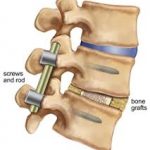
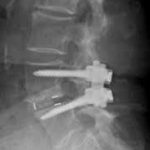
Spinal stenosis
Occurs when the space around the spinal cord narrows and puts pressure on the cord and spinal nerves. When intervertebral discs collapse and osteoarthritis develops, the body may respond by growing new bone in the nearby joints to help support the vertebrae. Over time, this bone overgrowth (called spurs) can lead to a narrowing of the spinal canal. The ligaments that connect vertebrae also thicken, which can narrow the spinal canal. This causes pain to radiate in lower limbs on walking – Neurological Claudication.
Treatment is to create space for the nerves from behind by removing the bony (laminectomy) and fixation with screws if needed.
Scoliosis is curved spine, maybe by birth or developed later.
If pain and posture is not relieved with medicines, exercises and brace then surgery – correction of curve and fixation of spine is done
Neck pain or cervical pain can also be due to disc prolapse causing radicular pain in upper limbs or vertigo, headache and nausea. Usually precipitated by maintaining a poor posture.
Treated usually with physiotherapy and medicines, but few patients need Surgery – Removal of disc and fusion of the affected levels of vertebrae


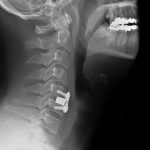

Dr. Kandarp Vidyarthi talking about cervical spondylosis and neck pain



